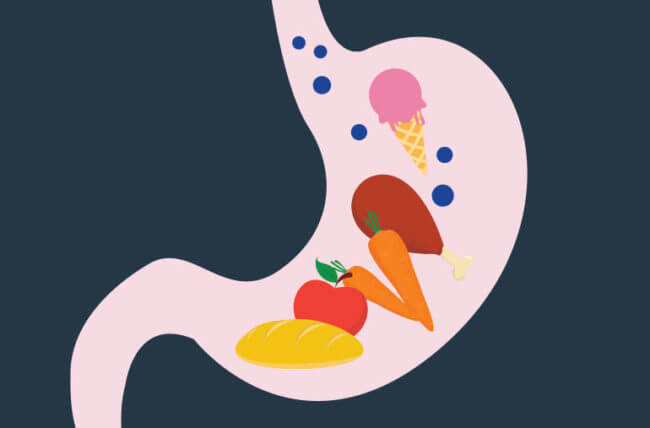My friend can digest meat much faster than I can. Why so?

The answer to this question can be a long chat. While I am trying to answer it all here. I would recommend you book a call for DrinkFit for a thoroughly researched response to your query.
A simple response is “What is your ancestry? This is such a big gap that people often overlook when they are trying to decide on something they should or should not eat. Even Tim The Biohacker posted something that does not make sense on a general rule of thumb (You can not eat tofu, it is not a healthy food). When 100s of people were confused due to their Chinese ancestry and they have been digesting tofu super simply and easily, Tim went on insulting people in comments with his aggression demanding them to respect him (respect comes when it is given easily)
Simply because he was trying to be right instead of seeing it from a direction that might be right for someone else.
Here is what you need to know about your basic food choices and ancestry
Ancestry can be a factor in what foods someone is accustomed to eating and finds palatable, but it is not the determining factor in choosing a diet. Ultimately, the most important consideration in choosing a diet should be an individual’s health needs and goals. For example, someone with celiac disease or gluten intolerance would need to avoid gluten, regardless of their ancestry.
That being said, some populations have a higher prevalence of certain genetic mutations or predispositions to certain health conditions, and those may impact dietary choices. For example, populations with a higher incidence of lactose intolerance may choose to limit or avoid dairy products.
It’s also worth noting that cultural and traditional dietary practices can also play a role in shaping someone’s dietary choices, which may be influenced by their ancestry. However, as people move to new locations and are exposed to new foods and dietary practices, their dietary choices may shift away from their ancestral roots.
- For Indian ancestry: As mentioned earlier, a traditional Indian meal often consists of rice or roti, daal, and a variety of vegetable and/or meat-based dishes. You could also consider adding yogurt, chutney, and pickles for added gut-balancing ingredients
- For Mexican ancestry: A traditional Mexican meal might include tortillas, beans, and a variety of meat and vegetable dishes, such as tacos, burritos, or enchiladas. You could also consider adding a side of rice, guacamole, and salsa for a complete meal.
- For Italian ancestry: A traditional Italian meal might include pasta or risotto as the main staple, along with a variety of vegetable and meat-based dishes, such as tomato sauce with meatballs or a vegetarian tomato-based sauce.
- For Chinese ancestry: A traditional Chinese meal might include rice as the main staple, along with a variety of stir-fried or steamed vegetables and meat-based dishes, and soy products. You could also consider adding soup or a hot pot for a complete meal.
It’s important to note that these are just general guidelines and that cultural and personal food preferences can vary greatly within each ancestry group. The key is to choose a variety of nutritious foods that provide the vitamins, minerals, and other nutrients you need for optimal health, and to listen to your body and eat what feels nourishing and satisfying to you.
So know your body, know your ancestry, and pick a balanced diet based on your body’s needs and capacity to digest


